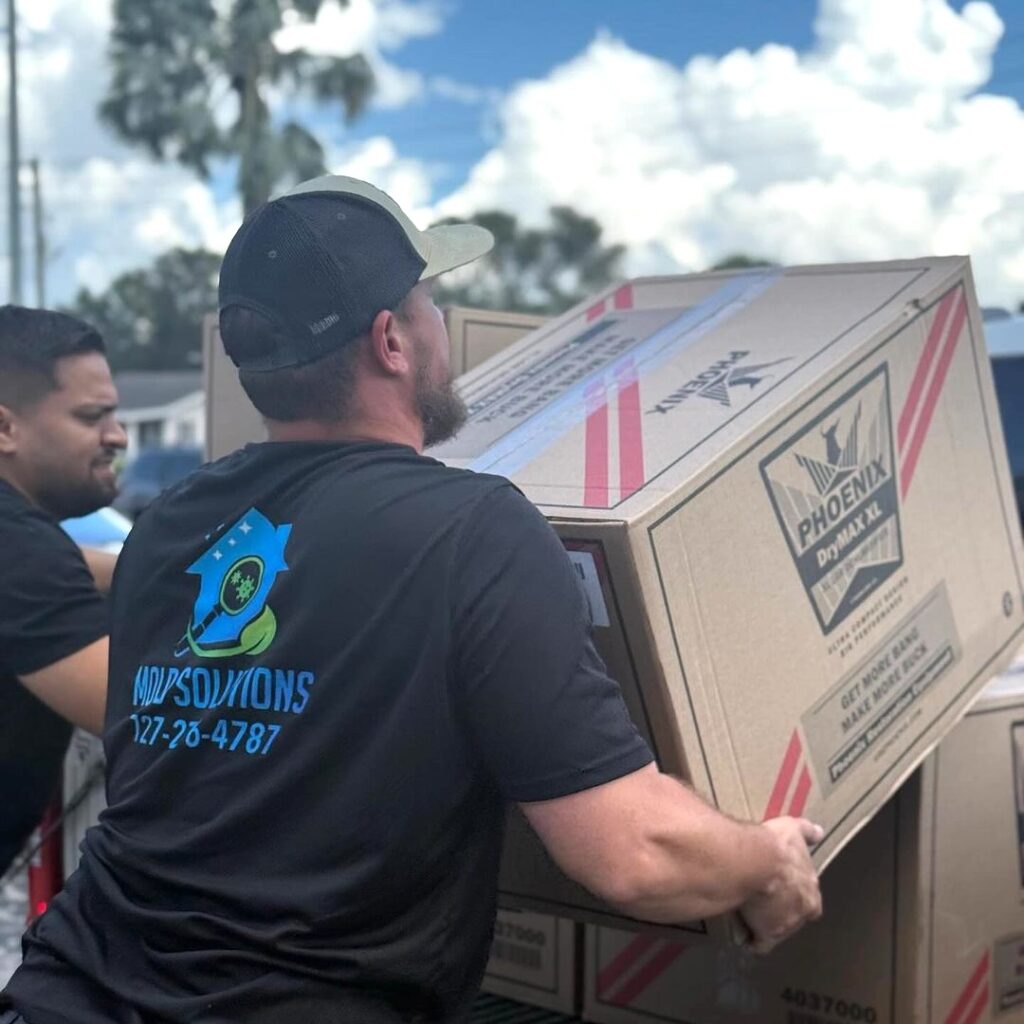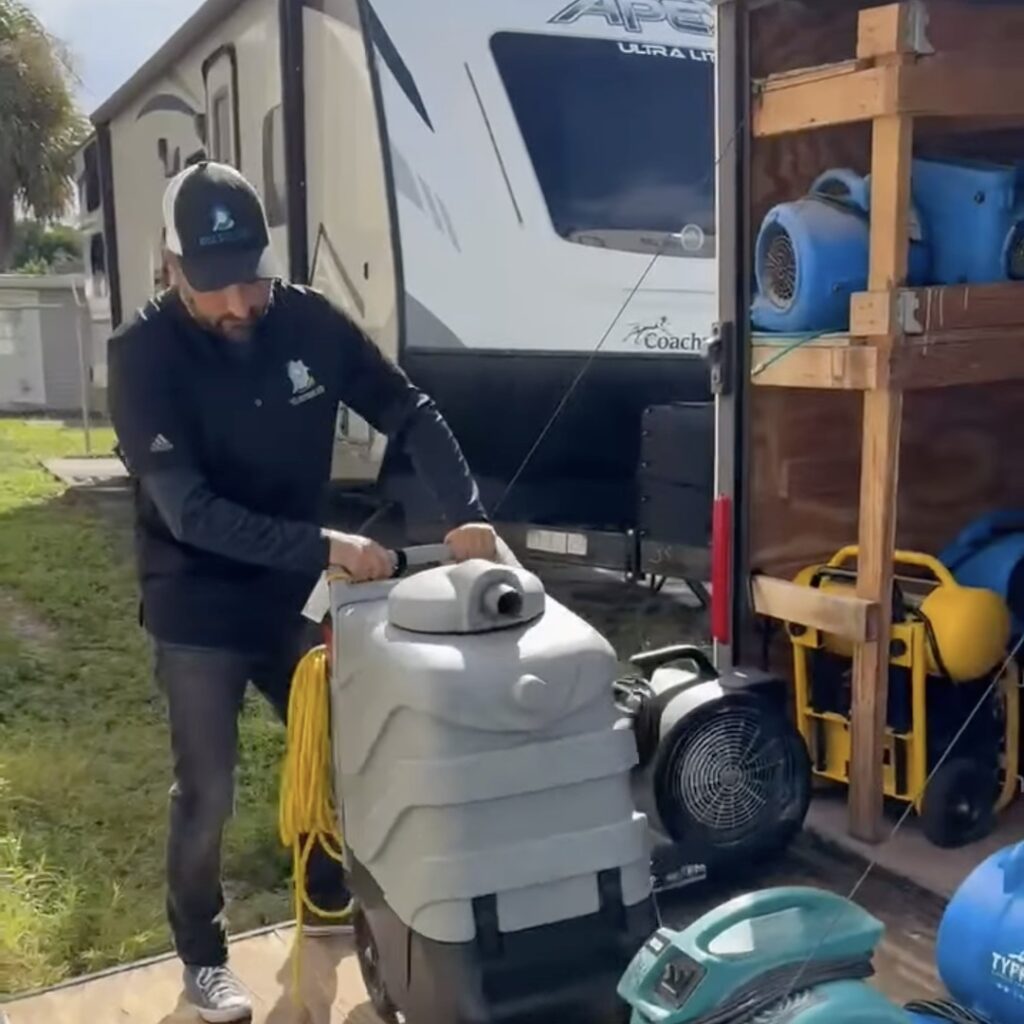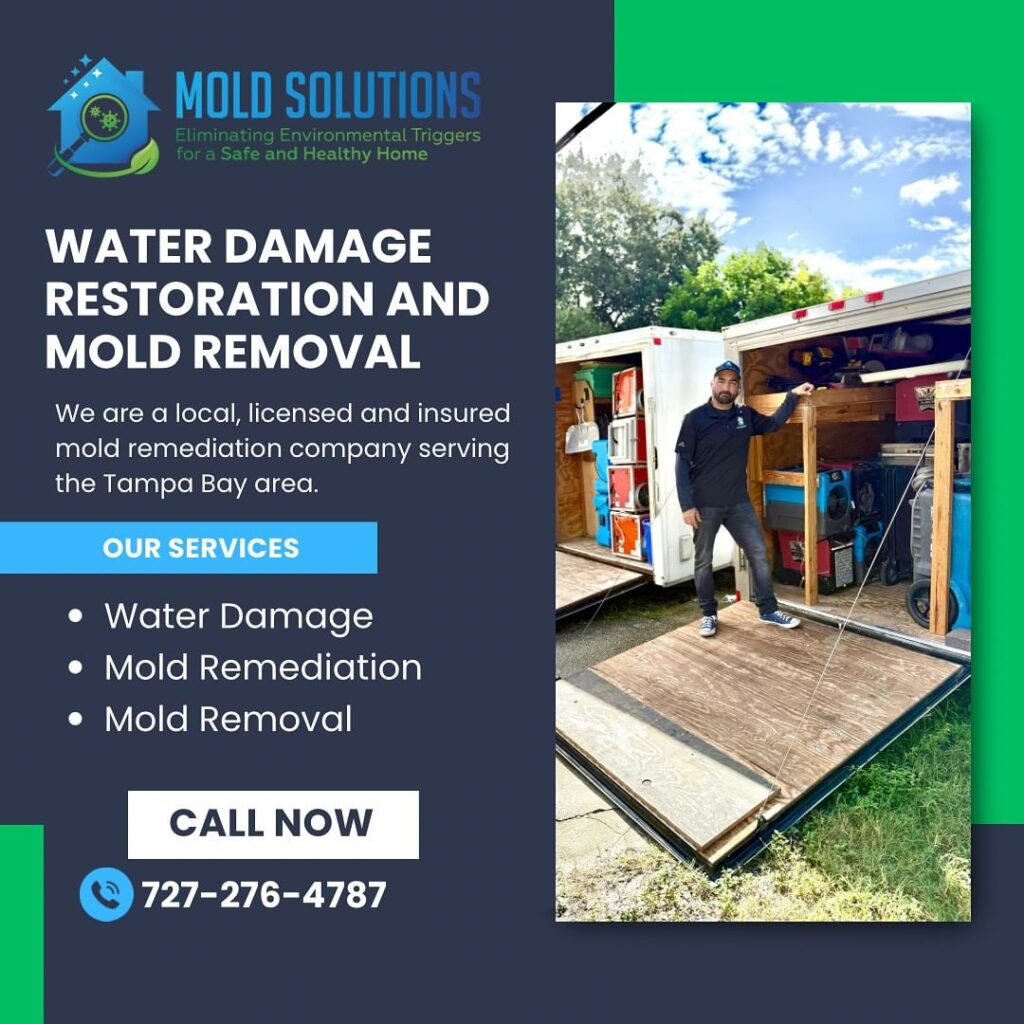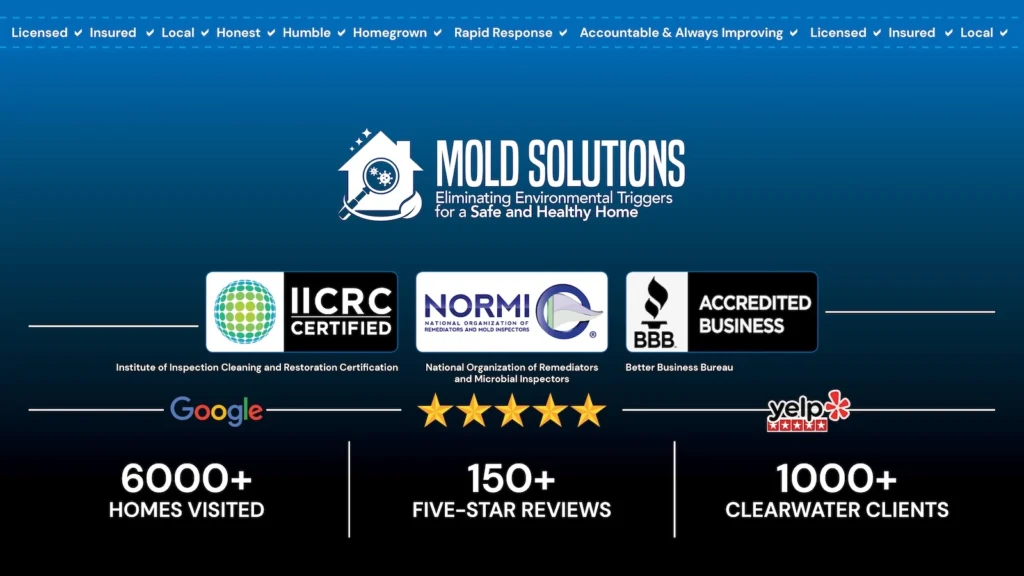While we encourage hiring professionals to handle mold remediation—especially for areas over 10 square feet—we understand that some homeowners may attempt the task themselves. Here’s an easy-to-follow guide to help you through the process.
HURRICANE RESOURCE CENTER
Dry out, storm surge clean up, and mold prevention after a Hurricane or Tropical Storm.





